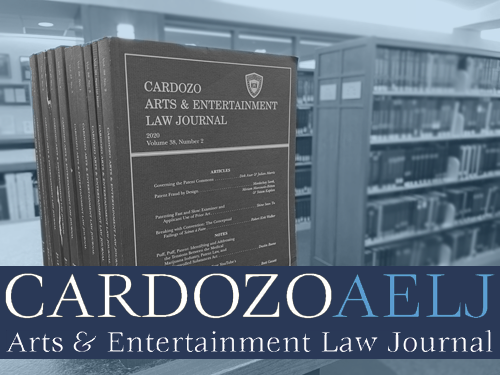Document Type
Article
Publication Date
10-4-2022
Abstract
“[S]he walked through the apartment and she turned to the SS men and she said, ‘Ich habe gernes. Alles.’ – ‘I like it. All of it.’ … they took everything out of [ ] our house.” The “greatest art theft in history” was executed alongside the largest mass murder in history. In 1940, Hitler established the Einsatztab Reichsleither Rosenberg (ERR) solely to confiscate and destroy art in German-occupied territories. When discussing the Holocaust, which included the grueling systematic annihilation of European Jews, the importance of artwork seems trivial. It, however, must be recognized: “You can wipe out an entire generation, you can burn their homes to the ground and somehow they’ll still find their way back. But if you destroy their history, you destroy their achievements and it’s as if they never existed.” Adolf Hitler and his Nazi regime machinated an ethnic cleansing and directed an aesthetic cleansing simultaneously, seizing the property of Jews, specifically artwork, to dehumanize and strip them of their cultural and religious identity.
This post was originally published on the Cardozo Arts & Entertainment Law Journal website on October 4, 2022. The original post can be accessed via the Archived Link button above.
Recommended Citation
Avshalomov, Stephanny, "Labeling “the Last Prisoners:” New Legislation Requires New York Museums to Identify Nazi-looted Artwork" (2022). Cardozo Arts & Entertainment Law Journal (AELJ) Blog. 331.
https://larc.cardozo.yu.edu/aelj-blog/331



